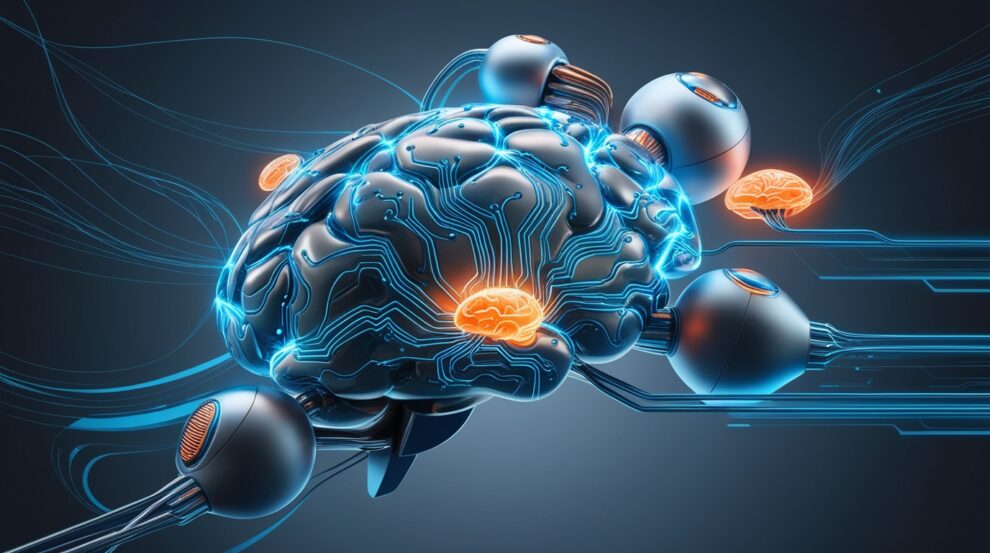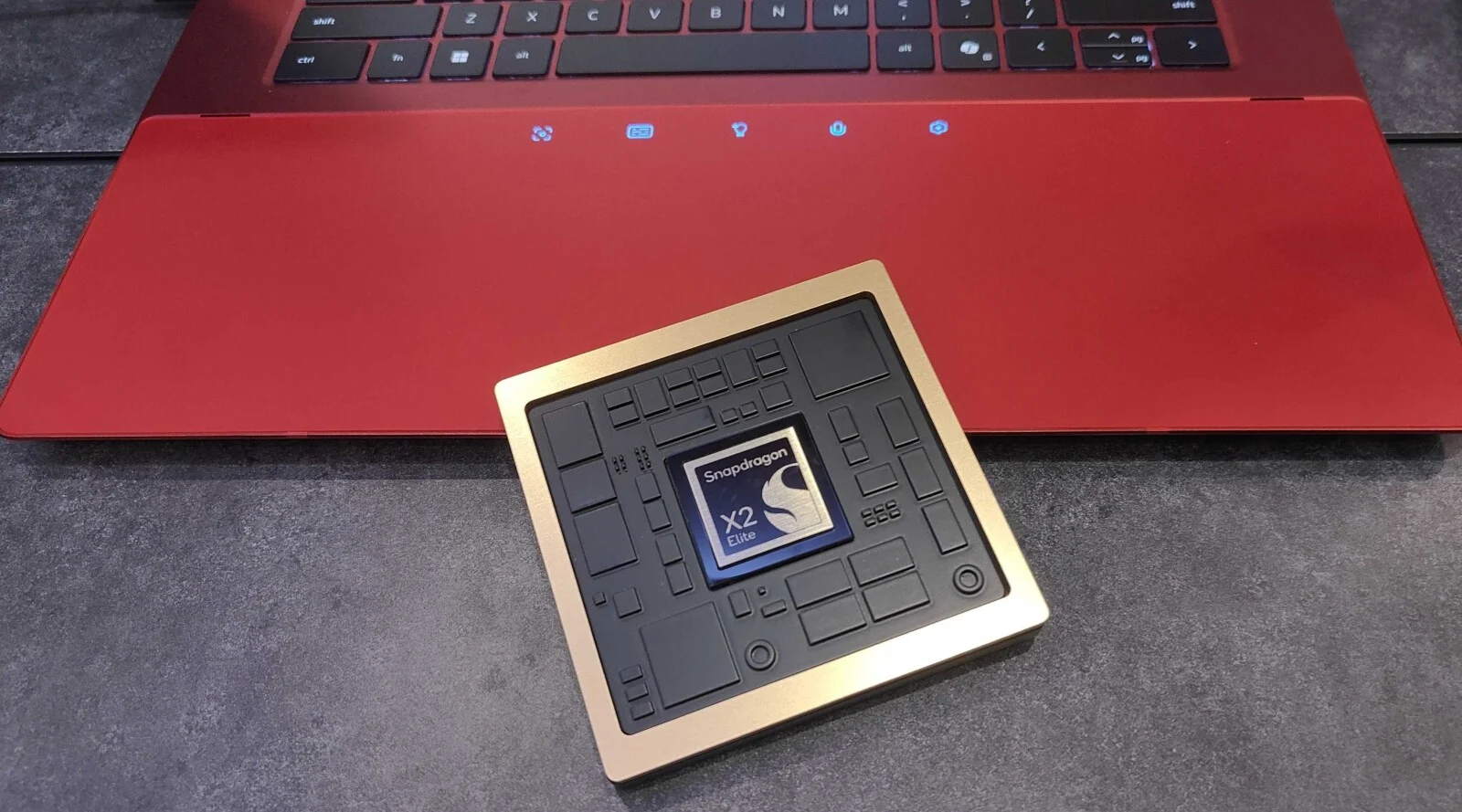Neuromorphic computing, emerging at the intersection of neuroscience and technology, offers a brain-inspired approach to the next generation of artificial intelligence systems. This innovative field utilizes neuromorphic chips that mimic the human brain’s neural architecture, promising substantial advancements in energy efficiency and processing capabilities.
Understanding Neuromorphic Computing:
Neuromorphic computing leverages the principles of biointelligence to design chips that process information similarly to how human brains operate. Unlike traditional computing models that rely on binary data processing, neuromorphic systems use spiking neural networks, enabling real-time learning and decision-making with significantly lower energy consumption.
Current Applications and Benefits:
The applications of neuromorphic computing are vast and varied. In the realm of artificial intelligence, these systems enhance capabilities in natural language processing, image recognition, and autonomous robotics. For example, robots equipped with neuromorphic chips can interact with their environments more intuitively, adapting to new tasks through real-time learning. In healthcare, neuromorphic technologies facilitate advanced brain-machine interfaces and the study of neurological diseases through high-efficiency simulations.
Challenges and Innovations:
Despite its potential, neuromorphic computing faces several challenges. The complexity of developing hardware that accurately replicates neuronal functions and the current lack of comprehensive software frameworks limit wider adoption. However, ongoing research is addressing these issues with promising developments in chip design and algorithm optimization. Enhanced interdisciplinary collaborations are also crucial, integrating insights from biology, materials science, and digital technology to refine and advance neuromorphic computing frameworks.
The Path Forward:
Looking ahead, neuromorphic computing is poised to become a cornerstone of more sustainable and efficient computing practices. As the technology matures, it is expected to integrate seamlessly with existing AI systems, leading to hybrid models that further optimize computational tasks. The scalability of neuromorphic systems continues to improve, promising to handle increasingly complex applications from edge computing to autonomous vehicles.
Neuromorphic computing stands at a transformative juncture in the evolution of artificial intelligence. With its unique ability to process information akin to the human brain, it holds the potential to revolutionize various industries by delivering faster, more efficient, and cognitively enhanced computing solutions. As researchers tackle the existing challenges, the future of neuromorphic computing shines brightly, heralding a new era of innovative technology molded by the intricate patterns of human intellect.








